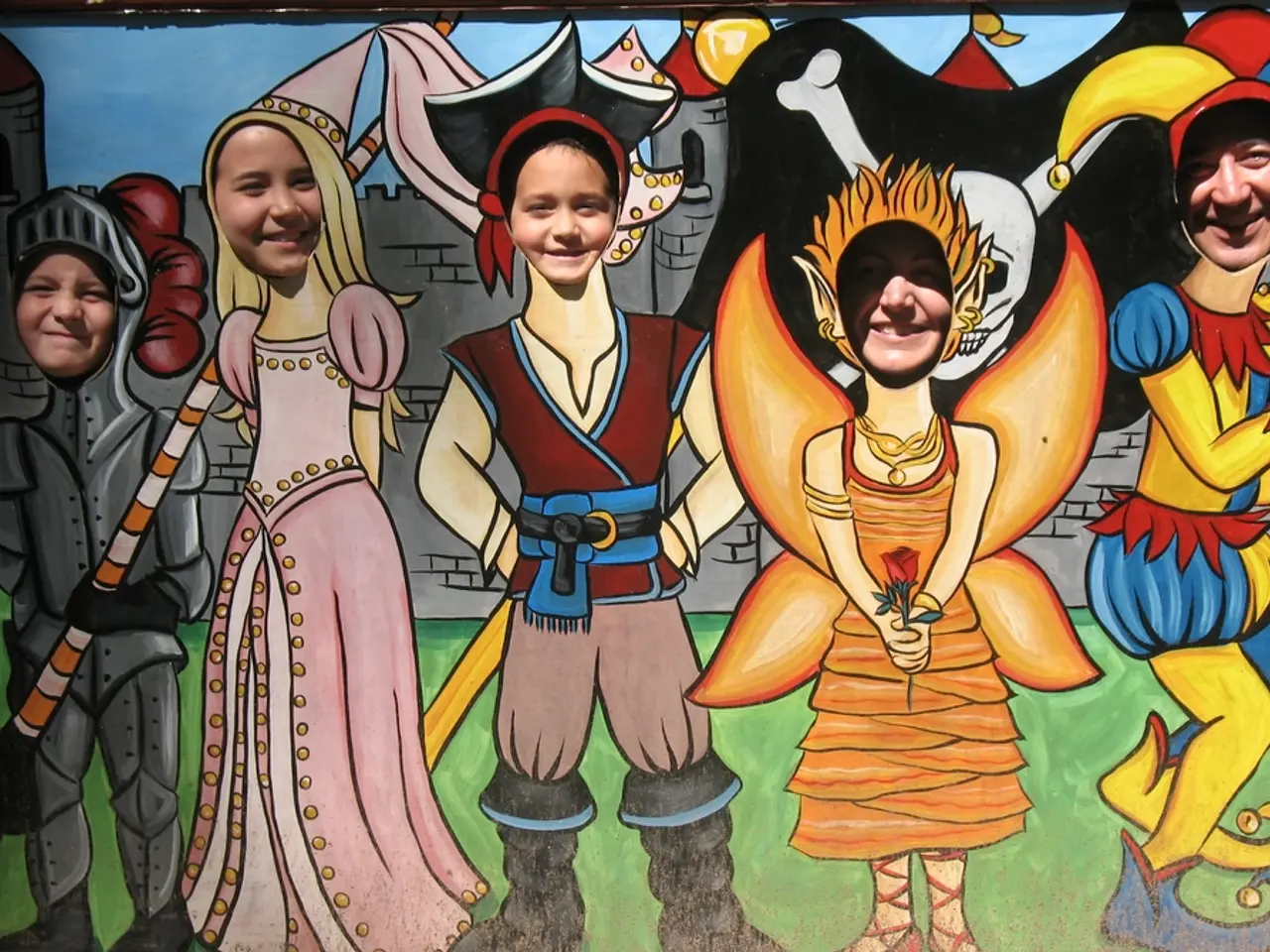Unraveling the Size of an Avatar: Exploring Its Dimensions, Pixel Count, and Recommended Standards
In the digital world, avatars have become a representation of ourselves in various online platforms. But what exactly is avatar size, and why does it matter?
The size of an avatar can refer to both its physical dimensions within a virtual environment and its digital dimensions in terms of pixels and file size. For instance, in games and virtual reality environments, avatars are often measured in terms of height, width, and depth. In contrast, pixel dimensions refer to the width and height of the avatar image in pixels, and file size refers to the amount of storage space the avatar image occupies.
The visual clarity of an avatar is directly related to its pixel dimensions. A low-resolution avatar appears blurry and pixelated, while a high-resolution avatar offers sharper, clearer images. However, minimizing avatar file size is crucial for performance. This can be achieved through appropriate image compression techniques and experimenting with different image formats. Tools like TinyPNG and ImageOptim can automatically optimize avatars by removing unnecessary metadata and compressing the image data without significantly affecting visual quality.
Properly sized avatars ensure optimal display and user experience. They are easy to see and interact with, especially for users with visual impairments. Using an avatar that is too large can cause slow loading times and excessive bandwidth consumption. The platform might also automatically resize or crop the image, leading to undesirable results like important parts of the avatar being cut off or the image appearing disproportionate.
On the other hand, using an avatar that is too small can result in pixelation and a blurry appearance, making your online presence look unprofessional. Platforms might also stretch the image to fit, further distorting the avatar and worsening the visual quality.
Choosing the right dimensions for avatars involves considering the platform's requirements, the target device's capabilities, and the desired level of visual detail. For instance, online gaming platforms like Steam and Discord have specific avatar size requirements. Steam recommends a square image with dimensions of 184×184 pixels, while Discord suggests a size of 128×128 pixels. Social media platforms like Twitter and Facebook also have specific guidelines regarding image dimensions and file sizes.
Avatar size plays a crucial role in accessibility, social interactions, and performance. Ensuring that your avatar is correctly sized and optimized can significantly enhance your online experience. Creating and optimizing avatars involves a careful balance between visual quality, performance, and accessibility.
Read also:
- Impact of Alcohol on the Human Body: Nine Aspects of Health Alteration Due to Alcohol Consumption
- Understanding the Concept of Obesity
- Tough choices on August 13, 2025 for those born under Aquarius? Consider the advantages and disadvantages to gain guidance
- Microbiome's Impact on Emotional States, Judgement, and Mental Health Conditions








